by Shahrukh Sohail
On a cold Kathmandu evening, Pakistan returned back to international football taking on the hosts in front of a large, enthusiastic crowd, playing an international fixture almost 3.5 years after fateful losses against Cambodia in the 2022 FIFA World Cup qualifiers first round back in June 2019.
What was followed were dark times for the National Team as the country continued to slip down the rankings and a whole of host of players were unable to fulfill their potential. The Shaheens were expected to make their return in September, 2022, however with fixtures not materializing in that FIFA window, this World Cup break provided a chance to play a game once again.
Nepal came into the game as favorites despite having not won against Pakistan in their last five games and looked impressive from the get go. Ultimately, the immense attacking pressure paid off and a late Anjan Bista strike sealed a win for the home team.
Here are 5 things we learned from Pakistan’s return to international football.
- The young squad needs international game time
There were 8 debutants in the Pakistan starting XI and comparing that to the 339 caps Nepal had available in their line-up, it was always going to be an uphill battle for the young Shaheens, who have had a generational change-over.
Nonetheless, the likes of Abdullah Shah (SSGC), Mamoon Khan (Popo FC / ex-PAF), Abdul Qadeer Khan (KRL), Shayek Dost (WAPDA) and Waleed Khan (Popo FC) all looked impressive for players who have not played competitive football and were only playing their 1st international game.
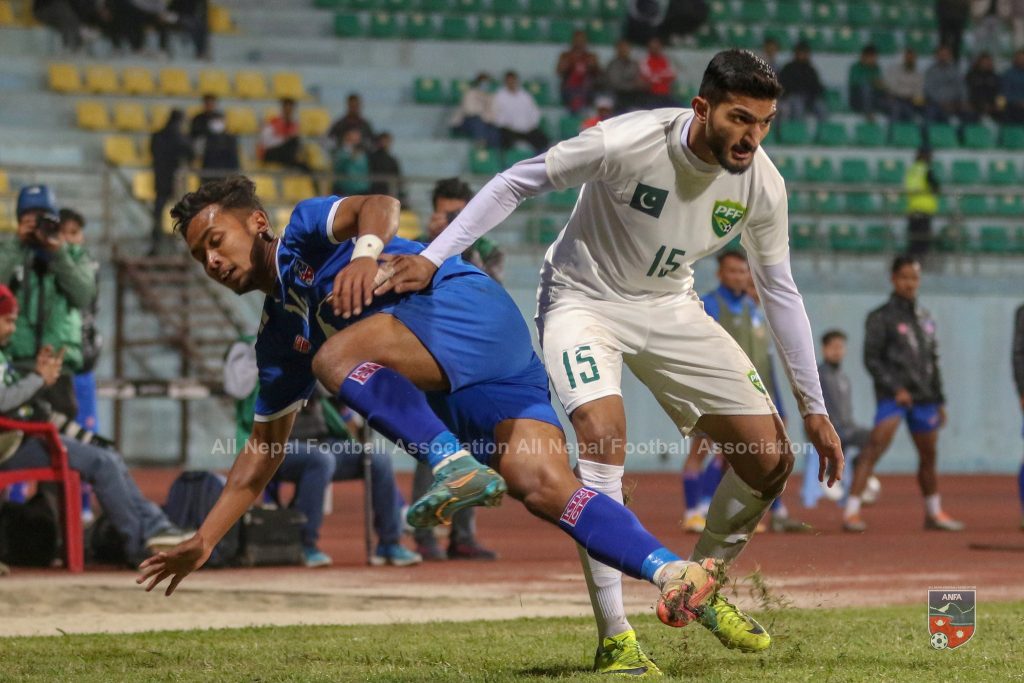
The key to developing these players is going to be regular exposure and luckily Pakistan has the upcoming FIFA Windows in March and June 2023 before they face off tougher opponents in the South Asian Football Federation (SAFF) Cup in September. Moreover, majority of the young players are eligible to represent Pakistan U23s, and could be effectively used in the youth events as well to further their international game time.
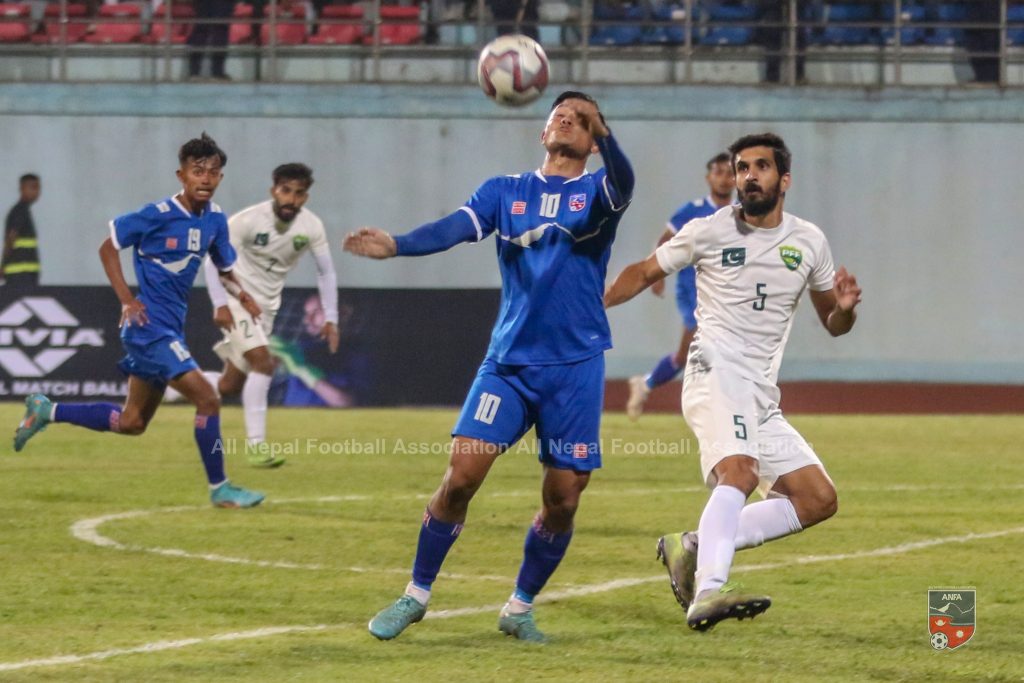
Domestically, national-level events like the Pakistan Premier League (PPL) and National Football Challenge Cup (NFCC) need to be revived soon so that official PFF tournaments can keep our domestic talents busy and match fit in between international fixtures.
- Alamgir Ghazi is a rare gem
Alamgir, who hails from Chitral and plays for KRL, is widely recognized as the best midfielder in the country and one could see the visible difference in his ability to pick out a pass and effortlessly play one-twos with his teammates.
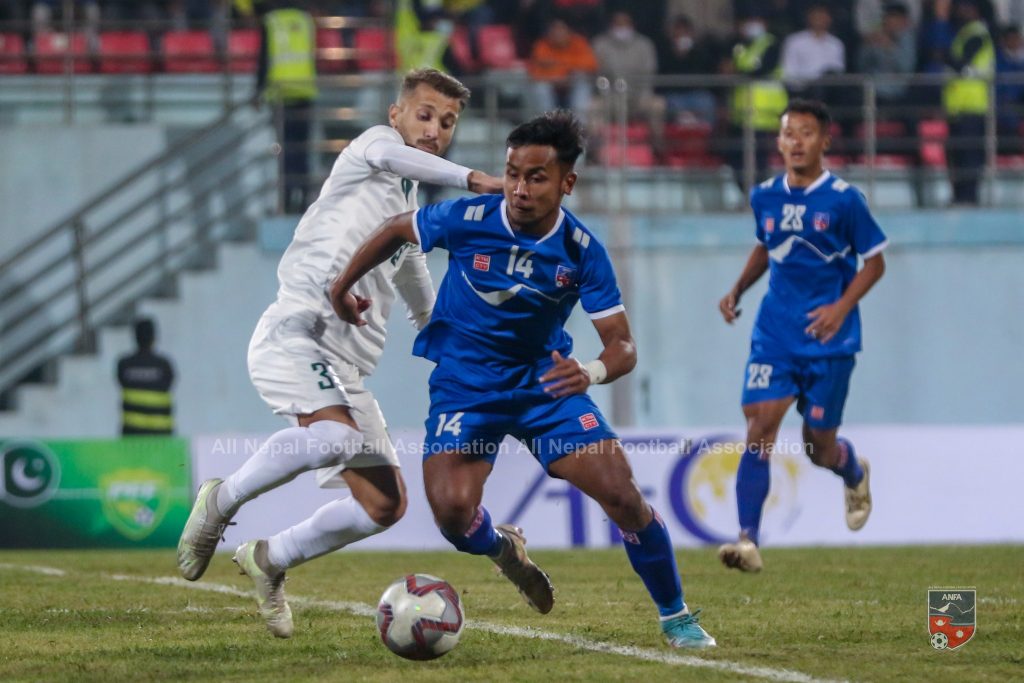
Expected to be a mainstay of the squad, Alamgir will only blossom further with more international football on the horizon and if he continues his learning curve, opportunities outside the country are definitely going to come calling.
- Abdullah Iqbal is an excellent recruit
B93’s Abdullah Iqbal made a superb start to his international career despite being played in a unfamiliar defensive midfielder (DM) role. However, the 6’3 tall centre-back was able to adjust quickly despite his lack of pace and was able to out muscle a number of opponents with his physique.

Though expected to return to his original position on the pitch in the future, the 20-year-old is a a fantastic find for the National Team and is only going to improve further with his club in Denmark chasing promotion to the Danish 1st division as well.
- Waheed needs more game time
The Karachi-based striker was only given a few minutes on the pitch late into the game but looked quite lively and even had a crack at goal. Having already been impressive for the Pakistan youth teams in the past, Waheed is Pakistan’s future goal threat and will be looking to compete for a starting role with current captain Hassan Bashir in the next few months.
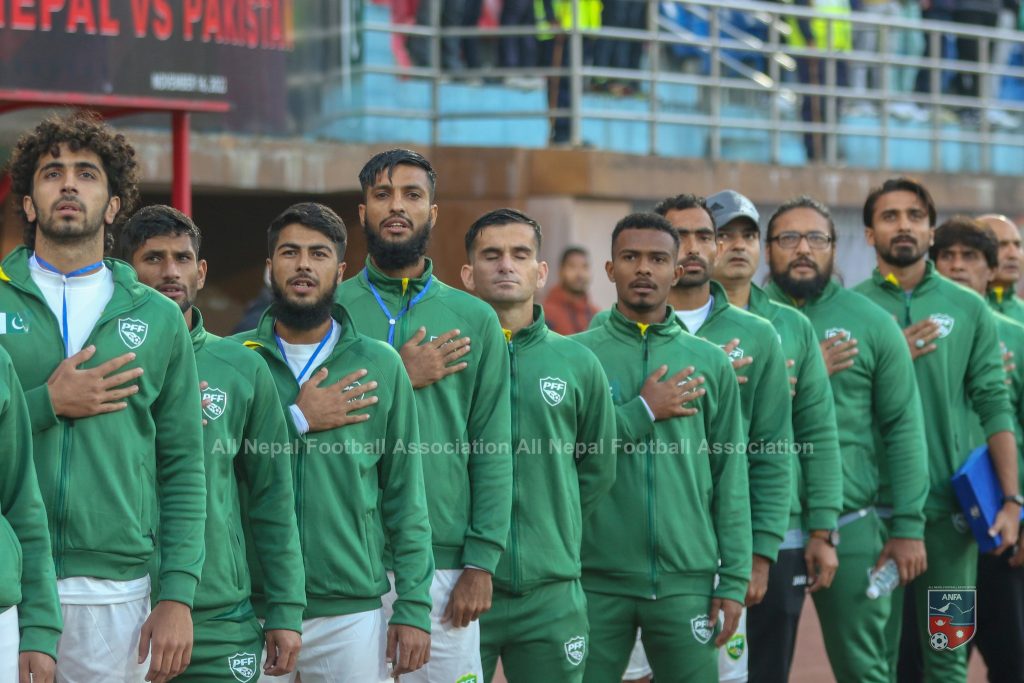
As someone who has been deprived of competitive action at a crucial age, international exposure could help the match fitness he needs and begin showing the lethality he displayed in the 2019 Asian Football Confederation (AFC) U19 Championship qualifiers.
- Pakistan needs diaspora players to progress
Overall, Pakistan can be happy with the result they achieved considering the context of the game and given the vast majority of the squad was making their international debut. While the young boys played their heart out and put up a brave performance, competing in the SAFF Championships against tougher sides such as India or Bangladesh will be quite a challenge.
Moreover, Pakistan’s ultimate target for 2023 is getting past the 1st round of the joint 2026 FIFA World Cup and 2027 AFC Asian Cup qualifiers. Pakistan remains the only AFC country not have won a single World Cup qualifier since first entering its AFC qualifiers in 1989.
This game is a good start to things but has also highlighted the need for reinforcements in a number of key areas, out of which the most important is the Defensive Midfielder role.
Given the domestic structure issue over the last few years, Pakistan does not have any meaningful options that can be relied upon to execute the role properly and the only likely solution is the eventual inclusion of Etzaz Hussain (Molde FK).
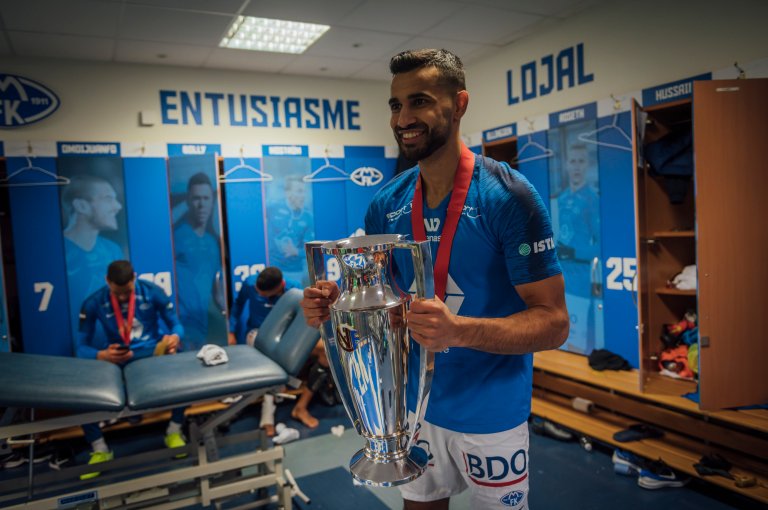
The 29-year-old recently won the Norwegian League for the 4th time and has played over 250 league games in Europe, with most of them coming in Norway’s Eliteserien. Morever, Etzaz is one of the rare Pakistani-origin players to have over 50 combined appearances in the UEFA Europa League and UEFA Europa Conference League, further enhancing his experience. Regarded as the most decorated Pakistani-origin player ever, the midfielder can be a major piece of the puzzle that will light up this Pakistani side.
Alongside Etzaz, a number of key additions such as Otis Khan (Grimsby Town), Adil Nabi (Atromitos), Easah Suliman (Vilafranquense) and Abdul Samad (HB Koge) could elevate the team’s quality and give them a fighting chance in the FIFA World Cup / Asian Cup joint qualifiers expected in October 2023.
The writer is a sports management and marketing expert. He tweets @shahrukhsohail7


